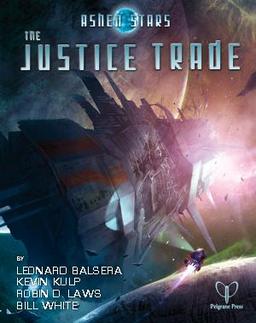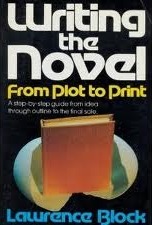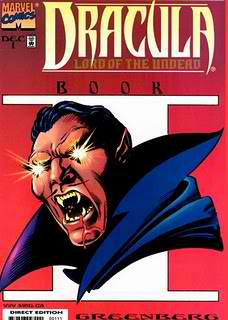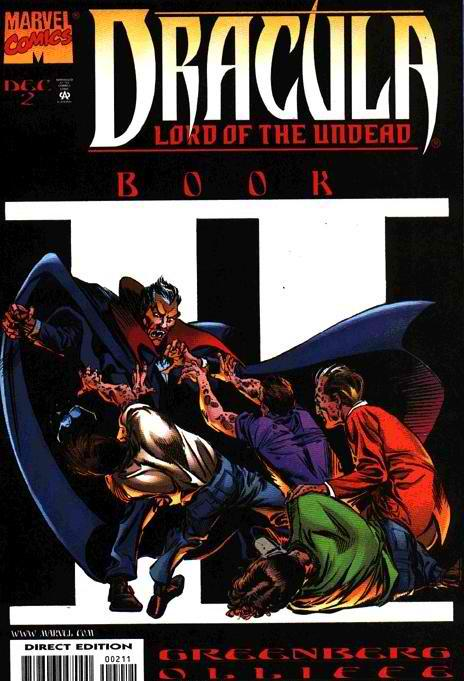New Treasures: The Justice Trade
 It’s been a good couple of years for science fiction role players, especially if you like your settings dark and gritty.
It’s been a good couple of years for science fiction role players, especially if you like your settings dark and gritty.
Last month, Chronicle City released Cold & Dark, a game of horror in the depths of unexplored space, and last year Pelgrane Press’s Ashen Stars won the 2012 ENnie Award for Best Setting.
I have to admit that what usually attracts me to a new game is the setting and especially the adventures. I’m rarely lured in by elegant system design or the promise of new character feats or something similar. But show me a tantalizing mystery on the perimeter of known space, involving derelict spacecraft or the last desperate transmissions from a lonely mining outpost, and I’m ready to suit up.
That’s one reason I’ve been so drawn to Ashen Stars. I was much impressed by the first major campaign for the system, a 140-page book of linked adventures by Gareth Hanrahan, which I raved about in my August review, “Some Mysteries You Don’t Want to Solve: Exploring Dead Rock Seven.” Here’s what I said, in part:
Dead Rock Seven contains four stand-alone adventures that can be used independently to add variety to your campaign. And variety is the keyword here… players will be investigating mysterious deaths on an old asteroid mine, plunging into the underworld of the high-tech planet Andarta in search of a missing shareholder of the shady Loghos Corp, discovering the strange secrets behind a cooking contest on a space station, and more.
Dead Rock Seven left me impatiently waiting for additional adventures for Ashen Stars and Pelgrane Press finally accommodated me with the release of The Justice Trade, a brand new collection of intriguing scenarios written by Leonard Balsera, Robin D. Laws, Bill White, and Kevin Kulp.


